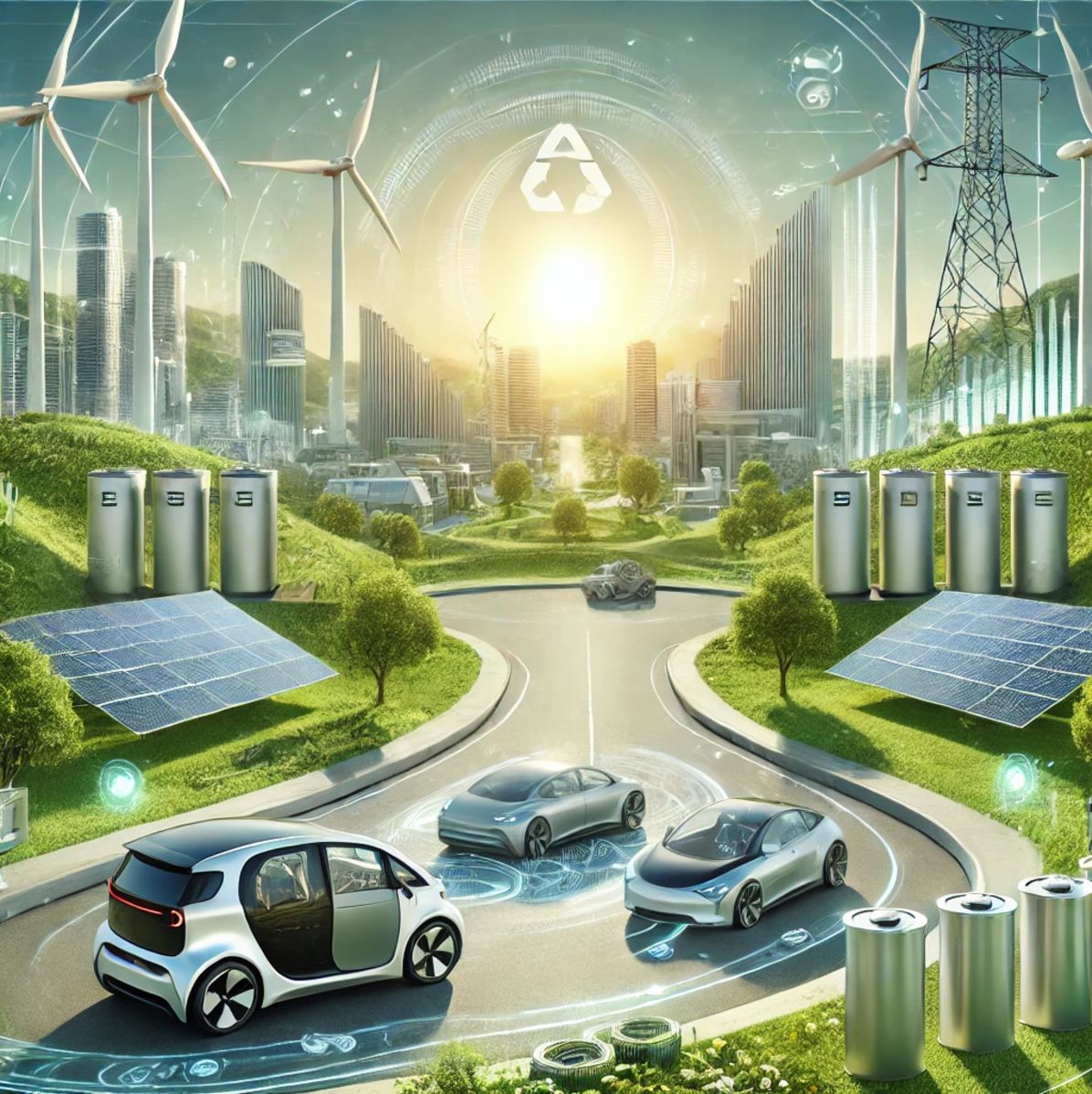Nickel plays a pivotal role in advancing global clean energy initiatives and achieving decarbonization targets. Its unique properties make it indispensable in developing technologies essential for a sustainable future.
As the world shifts towards renewable energy sources, the demand for efficient and durable materials has surged. Nickel stands out due to its exceptional energy density and storage capacity, making it a critical component in various clean energy applications. Its versatility supports the deployment of sustainable solutions such as geothermal power, hydrogen systems, and advanced battery storage, all of which are integral to reducing carbon emissions and combating climate change¹.
The transportation sector is undergoing a significant transformation with the rise of electric vehicles (EVs). Nickel is a key element in the batteries that power these vehicles. High-nickel cathodes in lithium-ion batteries enhance energy density, allowing EVs to travel longer distances on a single charge. This improvement in battery performance is crucial for the widespread adoption of EVs, as it addresses consumer concerns regarding range and efficiency².
Beyond transportation, nickel significantly contributes to renewable energy storage solutions. The intermittent nature of renewable sources like wind and solar necessitates efficient storage systems to ensure a stable energy supply. Nickel-containing batteries offer higher energy density and greater storage capacity at a lower cost, making them ideal for energy storage systems. This capability facilitates the integration of renewable energy into the grid, promoting a more resilient and sustainable energy infrastructure³.
In addition to its applications in batteries, nickel is essential in the production of stainless steel and other alloys used in renewable energy infrastructure. Its corrosion resistance and strength make it suitable for constructing wind turbines, solar panels, and hydroelectric plants. By ensuring the durability and longevity of these installations, nickel contributes to the overall efficiency and cost-effectiveness of renewable energy projects⁴.
Nickel’s multifaceted applications underscore its importance in the global transition towards clean energy and achieving decarbonization goals. Its role in enhancing battery performance for electric vehicles and renewable energy storage solutions positions it as a cornerstone of a sustainable future. As industries and governments worldwide strive to reduce carbon emissions, the demand for nickel is poised to grow, further solidifying its status as a critical enabler of green technologies.
References
- The Role of Nickel in the Renewable Energy Revolution. Innovation News Network. Retrieved from: innovationnewsnetwork.com
- The Metals of the Future: How Critical is Nickel?. Lombard Odier. Retrieved from: lombardodier.com
- Nickel Applications in Batteries. Nickel Institute. Retrieved from: nickelinstitute.org
- Nickel in Wind and Water Energy Projects. Nickel Institute. Retrieved from: nickelinstitute.org





